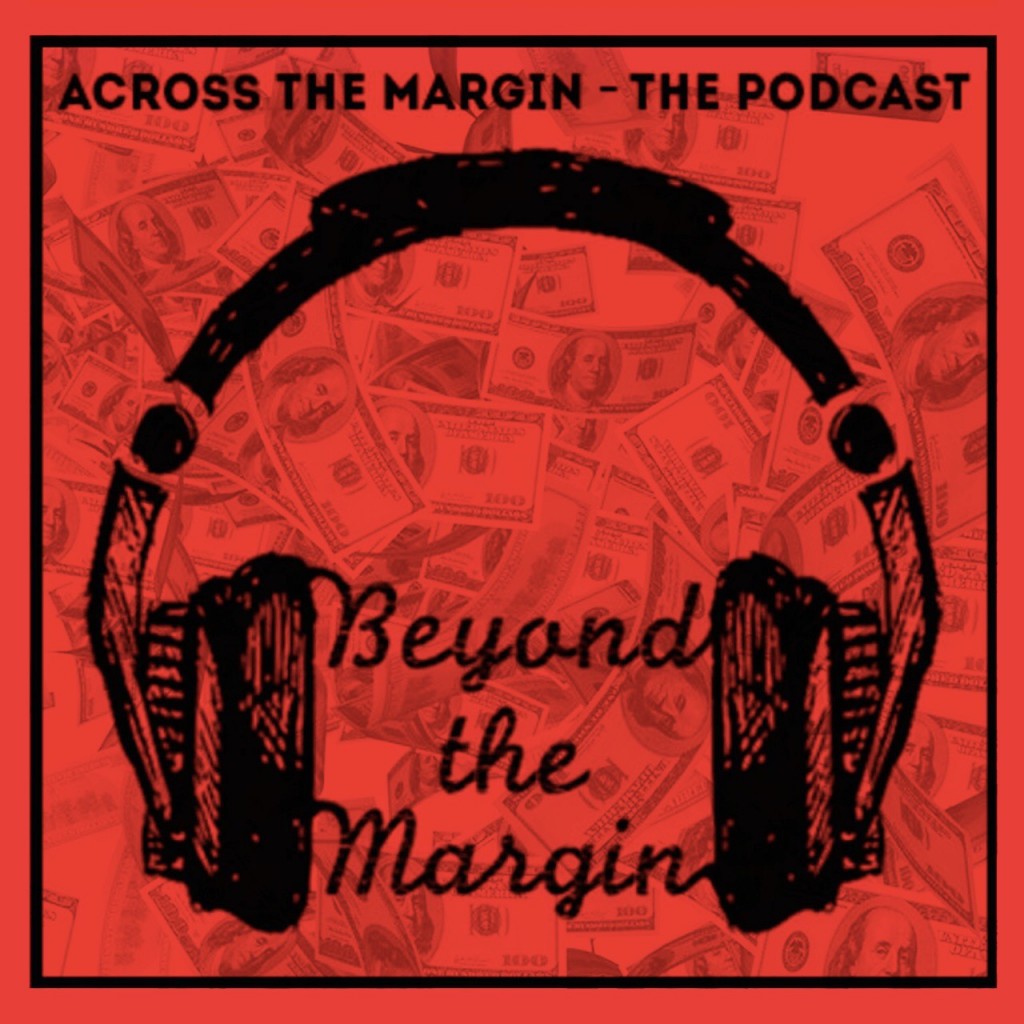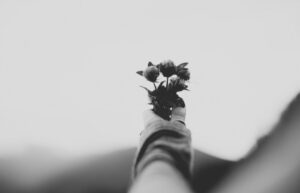“Cultural shifts crept in with the nonchalance of wealth.” A reflection on the social impact of The Celtic Tiger — the period of economic growth in Ireland from the mid-1990s to the late 2000s — on suburban Dublin…

by: Mark Moran
The Celtic Tiger didn’t just roar, it also purred. It curled up in the corners of south Dublin redbricks and hummed softly through the corridors of private schools. It drifted through Saturday morning markets in Dún Laoghaire, clinked in wine glasses at Blackrock dinner parties, and lined the pockets of Commerce students who suddenly had plans. It was new all-weather pitches, summer houses in Quinta do Lago, and the swagger of quarter-zipped rugby boys who knew they would be flying business class by 25. For a while, the country slipped into a bubble. A particularly stylish, sun-dappled little bubble. And like all good bubbles, it popped.
The Tiger was more than an economic boom. It was a mood. A collective, caffeinated ebullience that rippled through the streets of Ranelagh and Monkstown. Ireland, for the first time in its history, was not a problem to be solved, but a product to be sold. The country of priests and post offices became the land of Prosecco and property portfolios. The kind of place where someone used “summer” as a verb and nobody blinked. People who had once holidayed in Wexford were now escaping to villas in Tuscany, or to Dubai if they were feeling extravagant.
In the affluent southside suburbs, the boom took on its own gilded grandeur. Private schools expanded. Floodlights went up on Senior Cup rugby pitches as Leinster games became social theatres. Suddenly, being Irish was aspirational — a glossy, brunch-fuelled version of Irishness that owed more to Ralph Lauren than to cattle marts. Somewhere in the background, the sound of rugby boys shouting over post-match pints. There was talk of investments at dinner tables, 110% mortgages, and five-year-plans. Everybody had opinions and liked to offer unsolicited economic commentary in the queue at Avoca.
Everyone’s dad was “in property.” Everyone’s mum had just returned from yoga, and was rushing to enrol their child in a fee-paying school before they could spell. They carried themselves with a new confidence, like they’d just remembered that they deserved nice things after all. Redbrick houses with landscaped gardens became backdrops for an elegant domestic ideal. Granite countertops were imported and bathrooms had that faint spa aroma of money.
Cultural shifts crept in with the nonchalance of wealth. There was a kind of ostentatious affluence on display, visible in the sailing holidays, the corporate boxes, and the casual name-dropping of ski resorts. Perhaps the most remarkable thing was how quickly society adjusted to its newfound opulence. Sunday mornings in Herbert Park became rituals: takeaway flat whites, organic sourdough, and puffer jackets. Even the dogs looked aspirational. Seaside suburbs strung along the DART line swelled with pastel-hued ambition. Cafés opened where chippers had been. People spoke about “second homes” with the tone you’d use for a new appliance. Ambition stopped being apologetic. Sure, the grinds teachers expected nothing less.
And yet, beneath the veneer, something fragile trembled. For every sparkling kitchen, there was a mortgage steeped in precarity. For every five-bed in Dalkey with a name rather than a number, a developer juggling loans. There were credit cards and car loans and a belief that the party couldn’t end. The crash was like someone cutting the music mid-song. The Range Rovers disappeared. The glass cracked over the framed Heineken Cup-winning Leinster jersey in the basement. Vultures circled the wine bar with the minimalist lighting.
The comedown left a haunting stillness. The same leafy milieu, but quieter. Caution replaced bravado. Ireland woke up with a headache. We had gone from famine to feast to hangover in one fleeting generation, and nowhere was that more apparent than in the slightly embarrassed suburbs that had stood as symbols of sleek, modern success.
Ireland had spent so long defining itself through restraint — moral, economic, emotional — that when this cultural fever dream arrived, it felt like a long overdue exhale. We dressed better. We spoke more confidently. We built things. The DART became the DORT. In the words of the late Brian Lenihan, “we all partied.” And there is still something intoxicating about the vestigial traces of our national adolescence. You can see it in the bustling cafés, the rugby clubs abuzz with conviviality, the residual hubris lingering in certain postcodes like expensive cologne.
The Tiger may have ended in tears, but it left a scent behind. The architecture of ambition remains. The glass-fronted extensions, the rooftop terraces, the home offices with skyline views. It lingers in Patagonia gilets and weddings in Adare. That strange era of profligate optimism still hums beneath the surface of south Dublin.
There’s no real nostalgia here, only fascination. The Celtic Tiger was absurd and dazzling and doomed. However, it reshaped streets, schools, and how people carried themselves. It gave Ireland a new image to project, and left behind a generation living uncertainly among its stylish ruins. Walk through Herbert Park on a Sunday morning, and you might just catch a flicker of it — in a labradoodle with a blow-dry and a gluten intolerance, or a takeaway oat latte paid for with a tap of Revolut. For a moment, it feels like the music is still playing.
And if you look around and listen closely, three decades from its onset — is the Tiger stirring once more?
Mark Moran is a bilingual writer based in Dublin, Ireland. He specialises in travel and music articles, as well as surreal short fiction. His work spans publications like the Gil Perez Literary Journal, Dug Up Magazine, and NÓS, Ireland’s largest Irish-language magazine. When not writing, he is listening to Hozier vinyls, exploring new destinations, or cheering on the Kilkenny hurlers and the Carolina Panthers.





